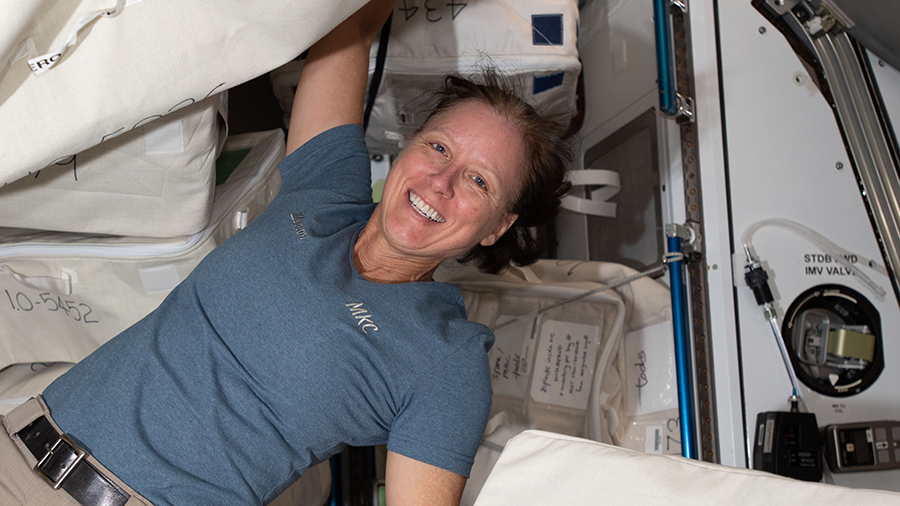Astronauts Studying Vision, Genetic Changes and Heart Conditions Today

The seven Expedition 64 residents living aboard the International Space Station will be going into the Christmas holiday focusing intensely on space biology. The entire crew will be off duty on Christmas day relaxing following an increased pace of microgravity research.
Rodent research will be the highlight through Christmas eve as the astronauts explore how living in space affects eyesight and bones. Scientists are observing mice launched to the orbiting lab earlier this month to understand why 40 percent of crew members living in space have reported vision impairment. A combination of factors, such as headward fluid shifts and space radiation, is suspected of impacting eyesight off the Earth.
Another group of mice is being analyzed for space-caused genetic changes in bone tissue. The study is exploring the molecular mechanisms of tissue degeneration that may provide preventative therapies for astronauts in space and humans on Earth.
The mice from both biomedical studies will be returned to Earth aboard the SpaceX Cargo Dragon resupply ship in January for analysis by scientists in Florida. The Cargo Dragon completes its mission on January 11 when it undocks from the Harmony module and splashes down in the Atlantic Ocean. It will be packed with finalized science experiments and space station hardware for servicing.
Heart research continued today with Flight Engineer Kate Rubins exploring engineered heart tissues to gain insights into aging and weakening heart muscles. The cardiovascular study was activated shortly after its arrival aboard the Cargo Dragon and may improve treatments for heart conditions on and off Earth.
Microbes are also being examined for the risk they pose to spacecraft systems and astronaut health. The experiment may provide insight into better ways to control their growth and disinfect surfaces on Earth and in space.
from Space Station https://ift.tt/3aCoJGA
Comments
Post a Comment